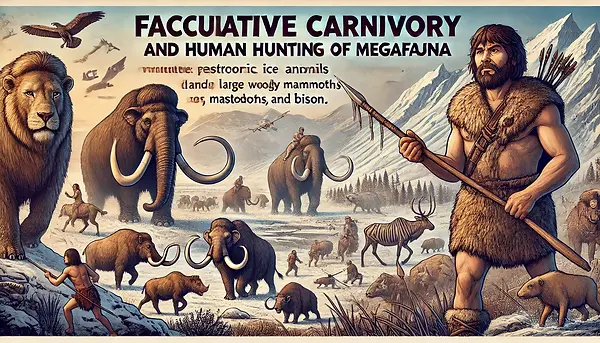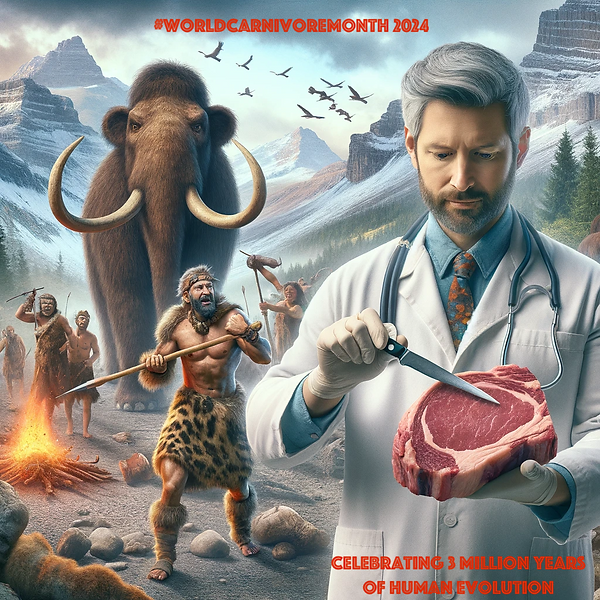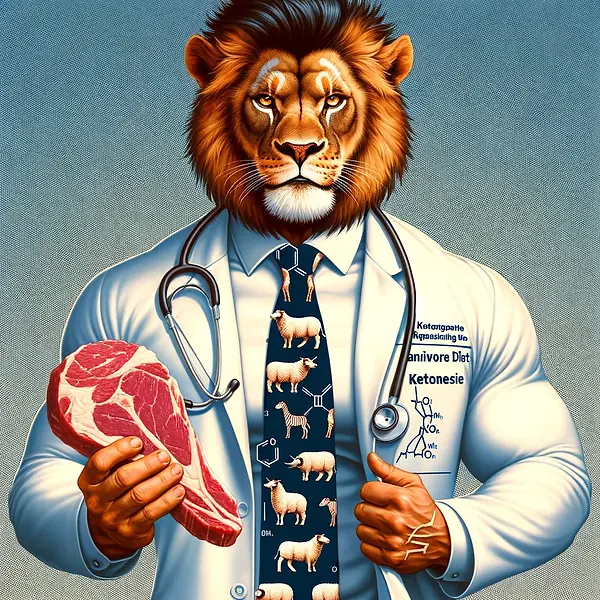


Title:
Humans may have evolved the ability to throw with accuracy in order to hunt.
Abstract:
Clavicle length, throwing performance and the reconstruction of the
Homo erectus shoulder
Details
Clavicle length, throwing performance and the reconstruction of the Homo erectus shoulder
Powerful, accurate throwing may have been an important mode of early hunting and defense. Previous work has shown that throwing performance is functionally linked to several anatomical shifts in the upper body that occurred during human evolution. The final shift to occur is the inferior reorientation of the shoulder. Fossil scapulae show the earliest evidence of a more inferior glenoid in Homo erectus. However, where the scapula rests on the thorax is uncertain. The relative length of the clavicle, the only skeletal attachment of the scapula to the torso, is quite variable. Depending on which fossils or skeletal measures are used to reconstruct the H. erectus shoulder, either a novel, anteriorly facing shoulder configuration or a modern human-like lateral orientation is possible. These competing hypotheses have led to very different conclusions regarding the throwing ability and hunting behavior of early Homo. Here, we evaluate competing models of H. erectus shoulder morphology and examine how these models relate to throwing performance. To address these questions, we collected skeletal measures from fossil and extant taxa, as well as anthropometric (N ¼ 36) and kinematic (N ¼ 27) data from Daasanach throwers from northwestern Kenya. Our data show that all H. erectus fossil clavicles fall within the normal range of modern human variation. We find that a commonly used metric for normalizing clavicle length, the claviculohumeral ratio, poorly predicts shoulder position on the torso. Furthermore, no significant relationship between clavicle length and any measure of throwing performance was found. These data support reconstructing the H. erectus shoulder as modern human-like, with a laterally facing glenoid, and suggest that the capacity for high speed throwing dates back nearly two million years.
Throwing, the Shoulder, and Human Evolution
Abstract
Throwing with accuracy and speed is a skill unique to humans. Throwing has many advantages and the ability to throw has likely been promoted through natural selection in the evolution of humans. There are many unsolved questions regarding the anatomy of the human shoulder. The purpose of this article is to review many of these mysteries and propose that the answer to these questions can be understood if one views the shoulder as a joint that has evolved to throw.
Hypothesis:




